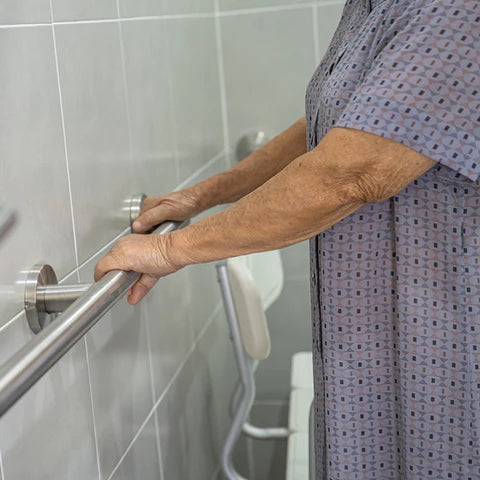
Home Modification Evaluations
Home modifications address changes that need to be made to adapt living spaces to meet the needs of people with physical limitations, so they can continue to live independently and safely in their own homes. These
modifications may include adding assistive technology or making structural changes to a
home. Modifications can range from something as simple as replacing cabinet doorknobs with
pull handles to full-scale construction projects that require installing wheelchair ramps and
widening doorways.
UPT Services Inc.
Home modifications should improve the following features of a home:
• Accessibility. Improving accessibility means making doorways wider, clearing spaces to make sure a wheelchair can pass through, lowering countertop heights for sinks and
kitchen cabinets, installing grab bars, and placing light switches and electrical outlets at heights that can be reached easily.
---------------------------
• Adaptability. Adaptability features are changes that can be made quickly to accommodate the needs of seniors or individuals with disabilities without having to completely redesign the home or use different materials for essential fixtures. Examples include installing grab bars in bathroom walls and movable cabinets under the sink so that someone in a wheelchair can use the space.
---------------------------
• Universal Design. Universal design features are usually built into a home when the first blueprints or architectural plans are drawn. These features include appliances, fixtures, and floor plans that are easy for all people to use, flexible enough so that they can be adapted for special needs, sturdy and reliable, and functional with a minimum of effort and understanding of the mechanisms involved.
Main Benefits
The main benefit of making home modifications is that they promote independence and prevent physical injuries. According to a 2000 AARP housing survey, “89% of older Americans want to stay in their current homes for as long as possible,” but other studies show that most homes are not designed to accommodate the needs of people over age 65. A house that was perfectly suitable for a senior at age 55, for example, may have too many stairs or slippery surfaces for a person who is 70 or 80.
UPT Services inc.
